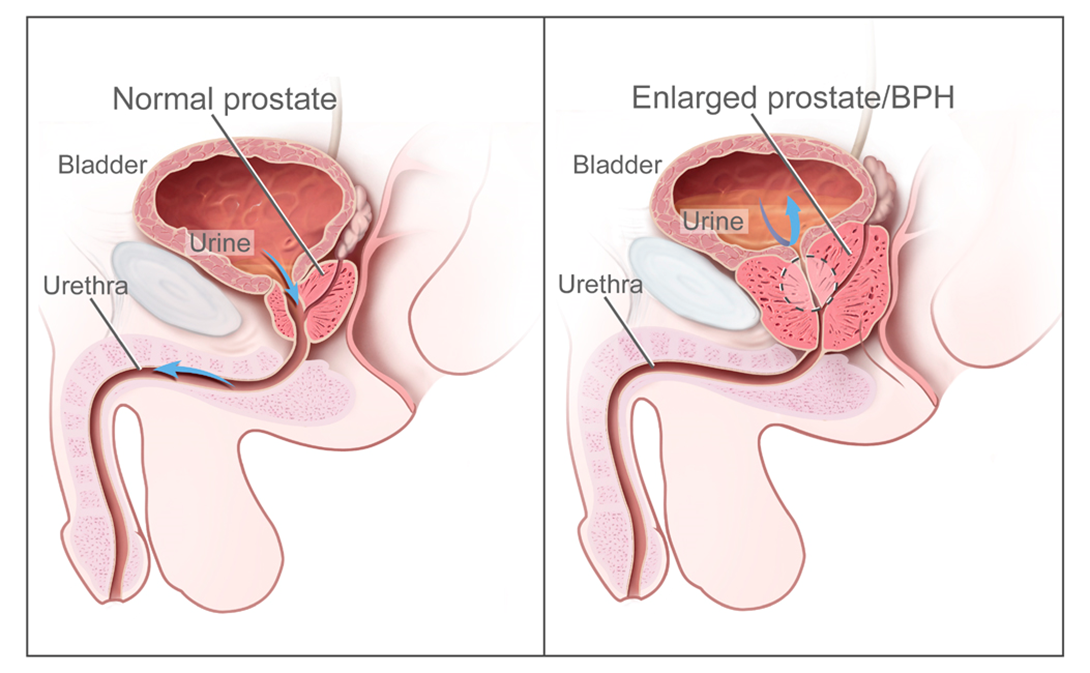A nurse is teaching a client who has a new prescription for prednisone to treat rheumatoid arthritis. The nurse should inform the client that which of the following is a therapeutic effect of this medication?
Decreases inflammation
Increases bone density
Reduces risk of infection
Improves peripheral blood flow
The Correct Answer is A
Choice A reason: Decreases inflammation is a therapeutic effect of prednisone. Prednisone is a corticosteroid that suppresses the immune system and reduces the production of inflammatory mediators. This helps to relieve the pain, swelling, and stiffness of rheumatoid arthritis.
Choice B reason: Increases bone density is not a therapeutic effect of prednisone. Prednisone can cause bone loss and osteoporosis by decreasing calcium absorption and increasing calcium excretion. This increases the risk of fractures and bone damage.
Choice C reason: Reduces risk of infection is not a therapeutic effect of prednisone. Prednisone can increase the risk of infection by weakening the immune system and making it less able to fight off pathogens. This requires close monitoring and prophylactic antibiotics.
Choice D reason: Improves peripheral blood flow is not a therapeutic effect of prednisone. Prednisone can impair peripheral blood flow by causing vasoconstriction and increasing blood pressure. This can worsen the symptoms of peripheral vascular disease and increase the risk of thrombosis.
Nursing Test Bank
Naxlex Comprehensive Predictor Exams
Related Questions
Correct Answer is B
Explanation
Choice A reason: This is incorrect because the client should avoid live vaccines while taking prednisone, as it can suppress the immune system and increase the risk of infection.
Choice B reason: This is correct because prednisone can cause hypokalemia (low potassium levels) and bananas are a good source of potassium. The client should monitor their potassium levels and eat foods rich in potassium while taking prednisone.
Choice C reason: This is incorrect because the client should avoid nonsteroidal anti-inflammatory drugs (NSAIDs) such as aspirin while taking prednisone, as they can increase the risk of gastrointestinal bleeding and ulceration.
Choice D reason: This is incorrect because a sore throat is not a common side effect of prednisone. However, the client should report any signs of infection, such as fever, sore throat, or cough, to the provider, as prednisone can mask the symptoms of infection.
Correct Answer is B
Explanation
Choice A reason: This is incorrect because the patient may not see a response from the medication for at least six months. The patient should continue taking the medication as prescribed and follow up with the provider regularly.
Choice B reason: This is correct because finasteride can cause birth defects in male fetuses if it is absorbed through the skin or ingested by pregnant women. The patient should wear gloves when handling the tablets and avoid contact with crushed or broken tablets.
Choice C reason: This is incorrect because PSA levels will decrease while taking this medication. PSA stands for prostate-specific antigen, which is a marker for prostate cancer. The patient should inform the provider that they are taking finasteride before having a PSA test, as it may affect the results.
Choice D reason: This is incorrect because grapefruit juice does not interact with finasteride. However, the patient should avoid alcohol and other medications that may affect the liver while taking finasteride.

Whether you are a student looking to ace your exams or a practicing nurse seeking to enhance your expertise , our nursing education contents will empower you with the confidence and competence to make a difference in the lives of patients and become a respected leader in the healthcare field.
Visit Naxlex, invest in your future and unlock endless possibilities with our unparalleled nursing education contents today
Report Wrong Answer on the Current Question
Do you disagree with the answer? If yes, what is your expected answer? Explain.
Kindly be descriptive with the issue you are facing.
